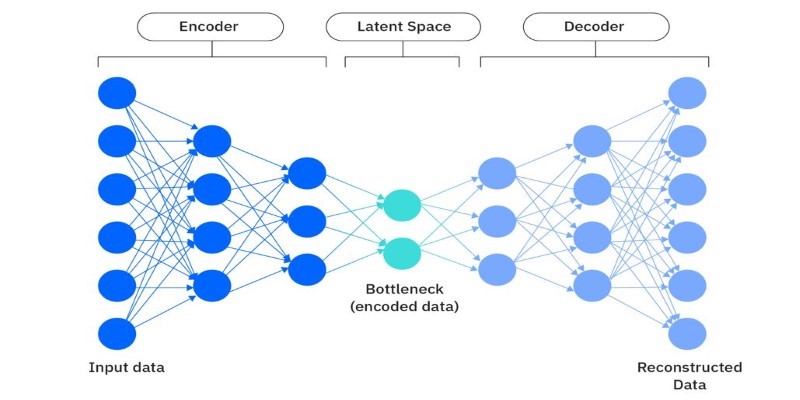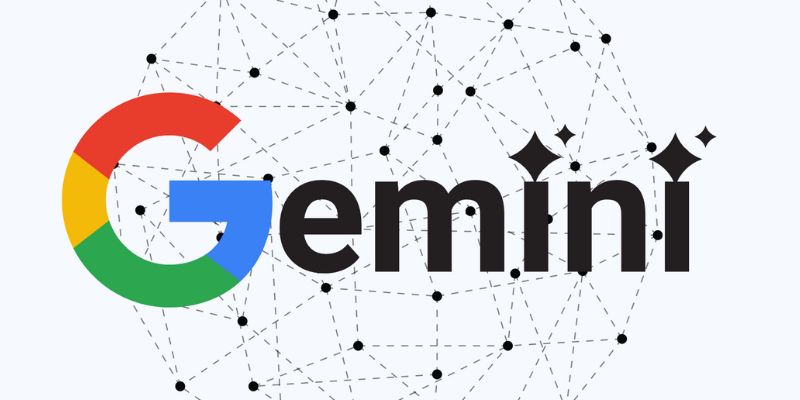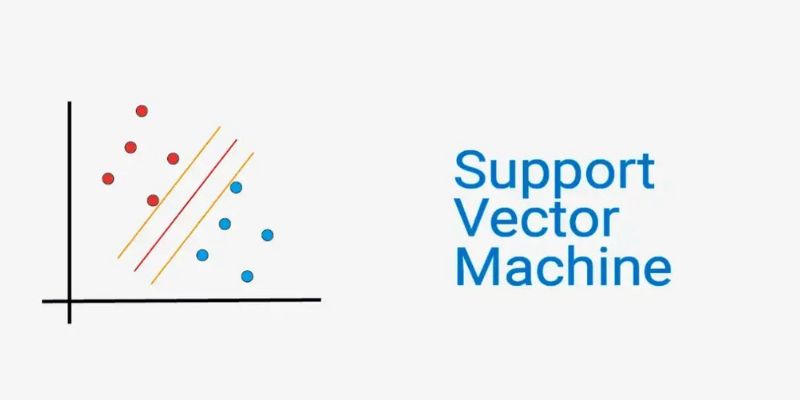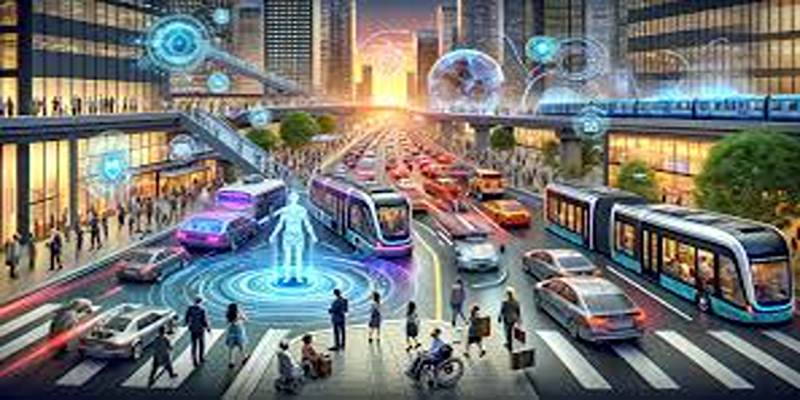Artificial intelligence (AI) has revolutionized recruitment by streamlining resume screening, conducting initial assessments, and improving candidate matching. However, despite the advances in automation, companies recognize the vital need for human judgment in the hiring process.
This is where the concept of "humans in the loop" comes in. By combining the efficiency of AI with the intuition and ethics of human recruiters, organizations can enhance hiring accuracy and fairness. This article explores why human oversight is critical, how it balances AI limitations, and what a hybrid hiring model looks like in real-world settings.
Understanding the Human-in-the-Loop Concept:
Humans in the loop (HITL) refers to integrating human judgment at key stages of AI decision-making. In hiring, human recruiters review, approve, or override AI-generated results.
Ethical Filtering: Humans are essential gatekeepers, ensuring AI-driven hiring decisions align with legal standards, anti-discrimination policies, and core company values. They help identify and mitigate algorithmic biases, ensuring fairness across gender, ethnicity, age, and other protected categories.
Contextual Judgments: Recruiters provide critical nuance in candidate evaluation, such as understanding employment gaps, career transitions, freelance work, or volunteer experience that AI might misinterpret or undervalue. Human insight ensures context is considered before rejecting potentially qualified applicants.
Override Capabilities: While AI systems may automatically reject resumes lacking specific keywords or formatting, human reviewers can recognize relevant achievements, transferable experience, and soft skills. They can override automated decisions to give deserving candidates fair consideration.
Why AI Alone Isn't Enough in Hiring?
AI offers speed and scalability but lacks the deeper cognitive abilities required for effective hiring.
Soft Skills Evaluation: Communication, adaptability, and leadership potential are critical yet difficult for AI to assess from a static resume. Human recruiters must evaluate these essential soft skills through interviews, which AI cannot fully capture from written data alone.
Cultural Fit Assessment: Human recruiters are better at gauging whether a candidate's values and working style align with team dynamics and company culture. AI can miss the nuances of interpersonal compatibility that influence long-term success and team cohesion.

Avoiding Overreliance on Keywords: Many capable candidates are overlooked because their resumes aren't optimized for ATS systems. Human judgment helps bridge this gap by recognizing valuable experience and skills that don't always match ATS keyword requirements.
Reducing Bias and Promoting Fairness:
Although AI is designed to be objective, its training data often contains historical bias.
Bias Detection and Intervention: Human recruiters can monitor and adjust AI filtering parameters to promote equity, especially if algorithms begin favoring certain educational backgrounds, geographic locations, or socioeconomic groups. This oversight helps prevent systemic bias from influencing hiring outcomes and supports more inclusive practices.
Ensuring Diverse Hiring Pools: Manual review is crucial in maintaining diverse candidate representation across gender, race, age, neurodiversity, disability status, and cultural backgrounds. By supplementing AI screenings, human recruiters help ensure that minority candidates aren't unfairly excluded due to algorithmic blind spots or limited data inputs.
Transparent Auditing: Human review processes ensure transparency, traceability, and accountability in AI-driven hiring—elements essential for regulatory compliance, ethical governance, and public trust. Recruiters can document decision-making paths and explain them when needed, supporting fair and defensible hiring practices.
The Importance of Ethical Oversight:
Ethical hiring requires decisions based on fairness, empathy, and accountability—qualities AI lacks.
Reviewing AI Filters: Humans must evaluate whether the inclusion or exclusion criteria are justified or inadvertently discriminatory. By analyzing outcomes, they can adjust filters, ensuring AI systems don't inadvertently perpetuate bias and maintain fairness across all candidates.
Maintaining Company Reputation: Poor or unethical AI-driven hiring decisions can damage a brand's reputation. Unfair hiring practices or biased algorithms may alienate diverse talent and attract negative publicity, ultimately affecting customer trust, employee morale, and long-term business success.
Recalibrating AI Outputs: Continuous human oversight enables organizations to evolve AI filters based on real-world outcomes and fairness. By analyzing hiring patterns and feedback, human recruiters can adjust algorithms to improve the AI system's accuracy, inclusivity, and overall performance.
Real-World Example: Blended Hiring in Action
Many companies adopt blended approaches to combine AI's speed with human oversight.
Faster Screening: A tech firm used AI for initial filtering, reducing recruiter workloads and response times by nearly 40%. This allowed recruiters to focus on more strategic tasks, improving overall efficiency and accelerating the hiring process.
Better Interview Ratios: With humans refining the shortlist, the quality of interviews improved, and time-to-hire decreased. Human oversight ensured better alignment with company culture and job requirements, resulting in higher-quality candidate interviews and faster decision-making.
Improved Diversity Outcomes: By flagging biases in AI outputs, hiring teams increased underrepresented group hires by 20%. Combining AI and human judgment led to more inclusive hiring practices and helped promote diversity across different departments and roles.
Building Trust Through Transparency:
Trust is essential in recruitment, and people trust people, not algorithms.
Clear AI Policies: Being transparent about where and how AI is used reassures applicants and avoids legal complications. Clear policies help candidates understand AI's role, fostering trust and preventing misunderstandings about how decisions are made and the data used.
Human Checkpoints: Companies should explain when and how recruiters intervene in the AI-driven stages. Human checkpoints ensure that AI outputs are verified, biases are minimized, and candidates are assessed holistically for fairness and accuracy before making final decisions.
Feedback Loops: Candidates' insights help improve human and AI performance, creating a more refined and fair process. Feedback informs iterative improvements, ensuring AI systems and recruiters enhance their evaluation criteria for better decision-making in future hiring cycles.

Creating a Balanced AI-Human Hiring Model:
To implement a human-in-the-loop approach effectively, organizations must design a thoughtful framework.
Defined Human Touchpoints: Defined human touchpoints include reviewing flagged applications, assessing final candidates, conducting interviews, making job offers, and ensuring decisions align with company values and hiring goals.
Responsible Training: Recruiters must understand AI technology, be trained in bias mitigation, and follow ethical AI practices. This ensures they make fair, informed decisions that promote diversity and inclusion.
Iterative Improvement: Feedback from hires, rejections, and recruiters informs AI updates, ensuring continuous improvements in accuracy, reducing bias, and refining the decision-making process to meet evolving organizational needs.
Conclusion
AI has undoubtedly improved hiring speed and efficiency, but it cannot replace human intuition, ethics, and empathy. A human-in-the-loop approach ensures hiring remains fair, inclusive, and aligned with company values.
Organizations can create a more reliable and trustworthy hiring system by combining smart technology with human insight. If you're adopting AI in recruitment, now is the time to rethink your hiring process—keep humans in the loop to ensure the best outcomes for your company and candidates.










